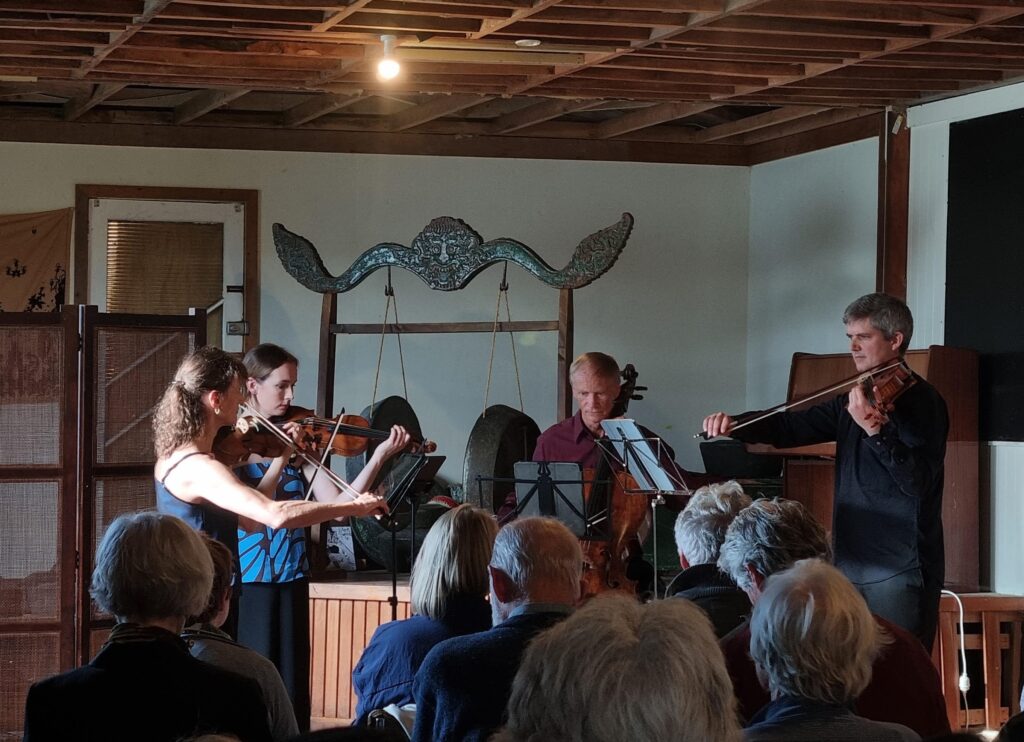
WORLD PREMIERE AT WELLINGTON’S “THE LONG HALL”
Erwin Schulhoff – Duo for Violin and ‘Cello (1925)*
Gao Ping – A Lingering Echo (2025) World Premiere
Dmitri Shostakovich – String Quartet No.9 in E-flat Op.117
The Chamber Pot-Pourri Ensemble
Helene Pohl (leader)* / Monique Lapins (violin) / Christiaan van der Zee (viola)
Rolf Gjelsten (‘cello)*
Event held in conjunction with the Kaibosh Food Rescue Charity
The Long Hall, Point Jerningham, Roseneath, Wellington
Saturday, 22nd March 2025
One of Wellington’s best-kept secrets of recent times is a building in Roseneath called “The Long Hall”, situated on the land high up from where Oriental Parade turns into Evans Bay Parade, overlooking Point Jerningham. The area is a place best known as a venue for “21-gun salutes” made to honour visiting dignitaries to the capital – but more lately the once-dilapidated hall further up the hill from where the guns are fired has been enjoying a beautifully-restored lease of life, far from those days when it was first set up as an RSA clubroom, and later a practice-venue for the City of Wellington Pipe band, and then allowed to fall into disuse and disrepair. Rather than lose what seemed to be an obvious community resource, various people reactivated local interest in the hall, among them dance-teacher and events-organiser-extraordinaire Jennifer Shennan, whose particular vision, interest and energies inspired others to join with her to encourage ever-increasing use of the venue, forming a Trust in 2008 to help organise the hall’s proper restoration.
Today, “The Long Hall” (named to honour the extent of the restoration processes) is proudly and stylishly reclad with native timber floors, a new roof, and its original kauri table-tops refurbished, to the enjoyment and satisfaction of a host of current users and audiences who gather for events such as today’s concert – the beginning of a new series of “benefit concerts”, this one in aid of a well-known food rescue charity known as Kaibosh (begun as long ago as 2008!) which collects and redistributes excess food produce to community groups.
Styled as “Comfy Concert #1” by way of emphasising a more relaxed concert atmosphere here in “The Long Hall” the event was introduced by former New Zealand String Quartet leader Helene Pohl, whose group, enterprisingly named “The Chamber Pot-Pourri Ensemble” also included two other former members of the NZSQ, violinist Monique Lapins and ‘cellist Rolf Gjelsten, as well as freelance violist Christiaan van der Zee. The group chose a programme containing works by composers whose music had some commonality or connection – both Erwin Schulhoff and Dmitri Shostakovich suffered the privations of official disapproval of their work at various times (terminally in Schulhoff’s case), and a third and later composer, Gao Ping, has expressed a fervent admiration for Shostakovich’s music, manifested in a new work “A Lingering Echo” which on this occasion was receiving its actual premiere performance.
The concert opened with Erwin Schulhoff’s Duo for Violin and ‘Cello, composed in 1925. Helene Pohl called the piece “a thrilling musical kaleidoscope” in her programme note, which she and ‘cellist Rolf Gjelsten further elaborated by demonstrating some of the technical and ultra-expressive devices used by the composer (himself a brilliant string-player), alerting us to the piece’s incredible extremes of tones, timbres and dynamics across its four movements.
A hymn-like opening theme gradually divested itself of gravitas in pursuit of more exploratory elaborations – before long the players had energised these more quixotic figurations into gestures that gradually took them to bleaker realms, the instruments sharing a wistful theme made ethereal by harmonics, a “strained” dialogue that intensified into an “agitato” encounter, but ran out of energy! – the lines then re-emerged, somewhat chastened, in a “molto tranquillo” whose tones dissolved into a kind of tenuous distance. The second movement’s “Zingaresca” Allegro giocoso was just that, a rollicking exchange of dance-like energies readily evoking a folkish Central European gathering, one whose momentums were engagingly tumbled down the hill at one diverting point, the players musically picking themselves up and carrying on, finishing with a disarmingly wry pizzicato gesture!
We were charmed by the Andantino’s opening exchanges of pizzicato-accompanied melody between the players, until the similar arco exchanges brought a rather more strained, acerbic quality to the interactions, an ”edge” to the heartfeltness. The finale at first seemed to bring back the work’s opening, like a meeting of old friends, though one which here appeared to stumble into contention and argument rather than pleasant exchange, though a heart-stopping series of tremulously beautiful ascending thirds seemed to quell any over-querulous spirits for the moment. However, waiting on the concluding pages was the Presto fanatico, introduced by the galloping cello, upon whose back the violin whooped and hollered, until the music dramatically slowed, bring the players together in a cheek-by-jowl unison which then reared up spectacularly and delivered its concluding flourish! Wow!
Next to be performed was the afternoon’s “World Premiere”, a work by Chinese composer Gao Ping (a figure well-known to New Zealand audiences by dint of his presence in this country for a number of years as a composer, teacher and performer), written as a tribute to Shostakovich, The work’s title “A Lingering Echo” came from a statement written for the concert’s programme by Gao Ping concerning the work’s genesis, one which deserves to be printed here in full: –
“Shostakovich was part of the reason I became a composer. He was a hero for whole generations of Chinese musicians. Like a lingering echo, he exists in our musical memory, but more than that, he holds a special symbolism in our consciousness. In his life’s struggles and compromises, and in the fierce and defiant expression in his music we witness a human condition that resonates with us regardless of era or space. A Lingering Echo for string quartet is my personal response to the man and the musician. There is no direct quotation from him in the sense of borrowed material, but in all three movements there are constant references to the Shostakovich in my memory and imagination”.
Of interest is the historical association three of this afternoon’s quartet musicians have with the composer. During Gao Ping’s years of residence in New Zealand while an Associate Professor of Music at Canterbury University, he frequently worked with the New Zealand String Quartet as both a performer and composer at the time when Helene Pohl. Rolf Gjelsten and Monique Lapins were members of that same Quartet. Today’s performance would have benefitted considerably from the degree of first-hand experience and identification with the composer’s music in general brought by these same musicians to the occasion. With such things in mind we awaited all the more eagerly the appearance of the quartet to give this work its first public hearing. In such an intimate environment as “The Long Hall” the occasion seemed all the more direct and epoch-making. I had attended the occasional premiere of New Zealand works in the past but none seemed more “laden” and singular than this one!
The music began with a kind of processional, the textures open and simple at first, but growing more complex as the work proceeded, the two violins intermingling their lines and the lower strings underpinning the textures – the composer’s directive here was simply “Slow, steady, lonely”, very Shostakovich-like indicators of tone, trajectory and atmosphere. Tremolandi accompanied a first violin recitative as the music took on an almost pointillistic aspect with single notes sounded amidst the ambiences – as the first violin took up the vistas with harmonics the second filled in the dots with pizzicato, everything having begun to drift stratospherically as befitted the composer’s directive – “lonely” – joining forces at the end with the awaiting silence….
Gao Ping’s instruction for the second movement, “Restless, desperate” promised a different kind of experience – and so it proved. Begun with slashing, thrusting chordings, and weighed with heavy, restless phrases, the imposing sound-blocks fitted themselves into a formidable trajectory – a tonal juggernaut throwing out fusillades of sound – though there was plenty of volatility going along with the ride. Zigzagging individual criss-crossing lines had their say before being superseded by the pompous, heavily-weighted sound-boulders on their grinding journey, continuing the exchange until a violin solo atop a strong, groaning theme brought a sense of lamenting – the first violin’s line piteous, and the second exuding anxiety and agitation – but their pleas halted the dragging, behemoth-like sounds previously heard, clearing the soundscape to allow a sprinkling of the first violin’s harmonics, the second’s tremolandi along with the viola’s, and the cello’s “bounced” notes. The music became fugue-like, using both arco and pizzicato – here, my notes read “violins repeat theme, ‘cello makes a gruff comment, viola grimaces in reply…” (it sounded as if Dmitri Dmitriyevitch would have readily approved of it all…) – the fugue-like writing continued, both violinists pushing their instruments along fiercely, interspersing the lines with pizzicato and with bows striking using the wood! – the instruments all appeared to rain blows upon an invisible assailant! – and then, with a sudden snarl, the music stopped!……
Mercifully, the composer allowed some outward calm following such a maelstrom – for the final movement, Gao Ping wrote “Measured, static, icy”, which music we settled back down to hear, perhaps not entirely free of trepidation, but released from any further out-and-out assault…here were sounds diametrically different to what we had just heard, bloodless, frozen tones, resembling slowly-melting ice……music shifting and swaying backwards and forwards, the lower strings performing an ostinato while pizzicato notes gently dropped from the violins, who continued to sigh and creak and squeak…..leaving the lower strings to proclaim their hegemony with stronger chordings and moments of agitation, while the upper strings busied themselves with tentative climbing and falling figures – it seemed almost an ”Endgame” kind of scenario, with the state of things removed from contentment, and consigned to a kind of enigmatic oblivion. All that remained to add was that we, the audience, applauded lustily at the place we deemed was the end!
“The Long Hall” proved a very pleasant “interval” place in which to enjoy a respite from the demands exerted by such concentrated listening efforts (I mean no disrespect by prioritising the needs of the audience over those of the performing artists who’ve been doing all the “real” work, of course!). Still, it was a joy to have people so close at hand to talk with, which of course is all part of the “shared” experience of such an event.
In no time at all, it seemed, we had been summoned back to our seats (the quartet players were actually on the platform before many of us had sat down again!) and were ready to experience at first hand something of composer Gao Ping’s pleasure and wonderment at the music of his “hero”, Dmitri Shostakovich himself! Earlier, I was thrilled to hear Rolf Gjelsten tell us of the plans of the Quartet to “share” (with the NZSQ) the presentation of the composer’s complete set of string quartets during this, the 50th anniversary year of Shostakovich’s death. What riches we can anticipate enjoying! – having two groups of musicians at hand capable of doing justice to these remarkable works of art, among the greatest of any in the string quartet medium!
Today we were to hear String Quartet No. 9, written in 1964 after a kind of hiatus of creativity regarding the quartet genre, when, three years before, in a burst of self-criticism, the composer reportedly burnt the first version of the quartet – accounts differ as to what happened next, as references are also made in some quarters to ANOTHER (this one incomplete) 9th Quartet NOT burnt in the stove and marked as Op 113, its surviving Allegretto movement bearing some resemblance to the opening Moderato con moto movement of the finished work. Whatever the case, the new (and completed) No. 9 was dedicated to the composer’s third and surviving wife Irina Antonovna, whom he had married in 1962.
Reckoned as the last of Shostakovich’s three “personal” quartets, (the Seventh dedicated to his first wife, Nina, and the Eighth an autobiographical work, the Ninth shares another feature with the aforementioned ones, with movements that “flow” into one another without interruption. However, the Ninth singularly has four short movements leading to a finale that’s practically a quartet in itself, as long as the other movements put together. So, though a lighter, less harrowing listen than the Eighth Quartet, it has its moments of anxiety and unease amid the sardonic humour and occasional high spirits.
The first movement’s opening has never seemed to me quite the “relaxed, self-satisfied” outpouring of good humour touted by some commentators – I’ve always heard a bitter-sweetness in some of the chromatic writing for the violins, though there’s the occasional jauntiness of the ‘cello writing which here and there tempts a smile. The immediacy of the venue gave the performers’ tones, textures and trajectories the same incredible intimacy and impact we’d of course already registered with the Schulhoff and Gao Ping items!
Chris van der Zee’s viola took us into the bleak beauty of the second movement’s Adagio, the music’s solemnity delicately treads the line between the sound’s Janus-faced tenderness and desolation – from this Helene Pohl’s violin made the first tentative impulses leading to a sudden vigorous polka-like Allegretto movement, with passing resemblances to Rossini’s “William Tell Overture – the excitemement grew when Monique Lapins’s violin excitingly upped the dynamic levels of the dance, and the music’s temperatures rose! – a kind of ghostly shiver then takes over the ensemble as the first violin makes ghoul-like utterances, repeated by the second violin before the music subsides once again into a second Adagio, darker and stranger than before, with a particularly gripping quality heightened by the closeness of the players – a quality heightened by Monique Lapins’ startling pizzicato, later replicated by Chris van der Zee’s viola – and what great playing by Helene Pohl in her impassioned recitative over the drone-like ambiences of the other instruments!
The beautiful chording which followed prepared us not a whit for the onslaught of the final movement’s aggressively-launched Allegro, the driving rhythms holding sway for a few measures before being taken over by a galumphing peasant-dance, Rolf Gjelsten’s cello contributing a superbly anguished and heartfelt sequence, before being led back to the wild dance by the viola, with the others joining in what sounded like “a devil of a fugue” before the ensemble concluded a tremolando passage with a “great gulp”. Cello recitatives and pizzicato chords seemed then to hold the ensemble in thrall, the concerted response being a series of ensembled pizzicato in reply – but a remarkable passage begin by the cello seemed to mould fragmented gestures from all the players together and stimulate enough concerted movement to inspire the return of the cantering rhythm that brings back the “William Tell” motive, and increasedly concerted excitement, leading to a gutsy, determined, “give-it-all-you’ve-got” build up to a final unison statement of arrival! Its somewhat angular, offbeat trajectory allowed the final payoff to surprise everybody! – so there was a heartskipping moment of silence before we in the audience realised that the composer had actually left the building and it was time to applaud!
Casting the memory back over the afternoon gives one the feeling that it couldn’t have been done better! – very great honour and heartfelt thanks to all concerned for such a richly-appointed and meticulously-wrought show!
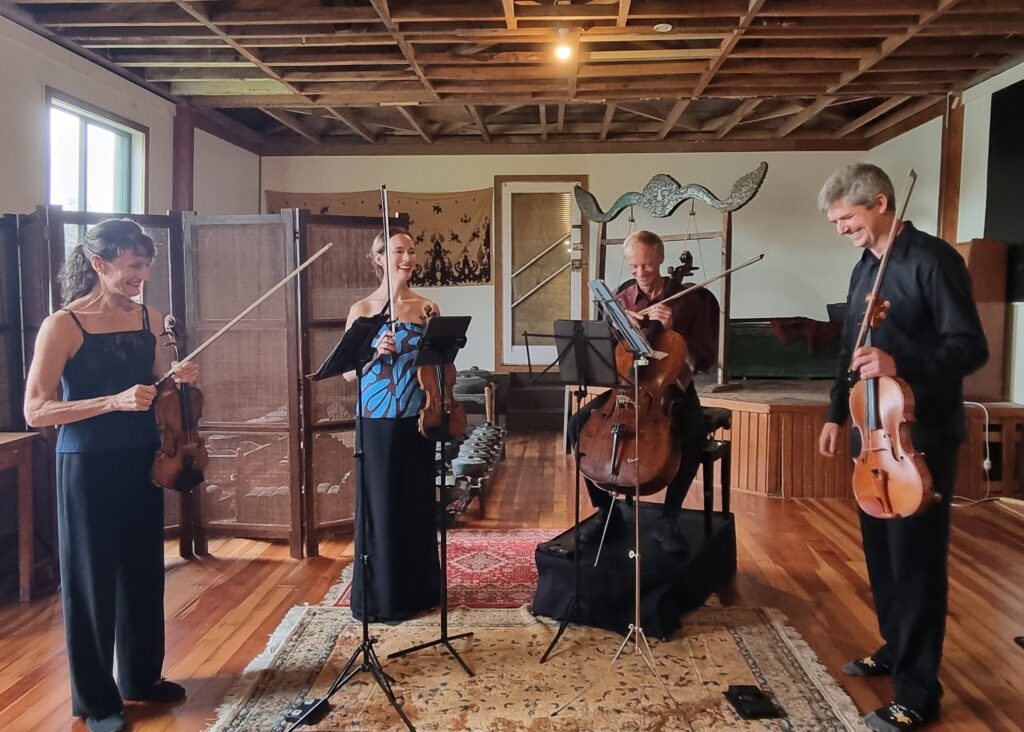
The Chamber Pot-Pourri Ensemble at Roseneath’s “The Long Hall” – from left, Helene Pohl, Monique Lapins, Rolf Gjelsten and Chris van der Zee
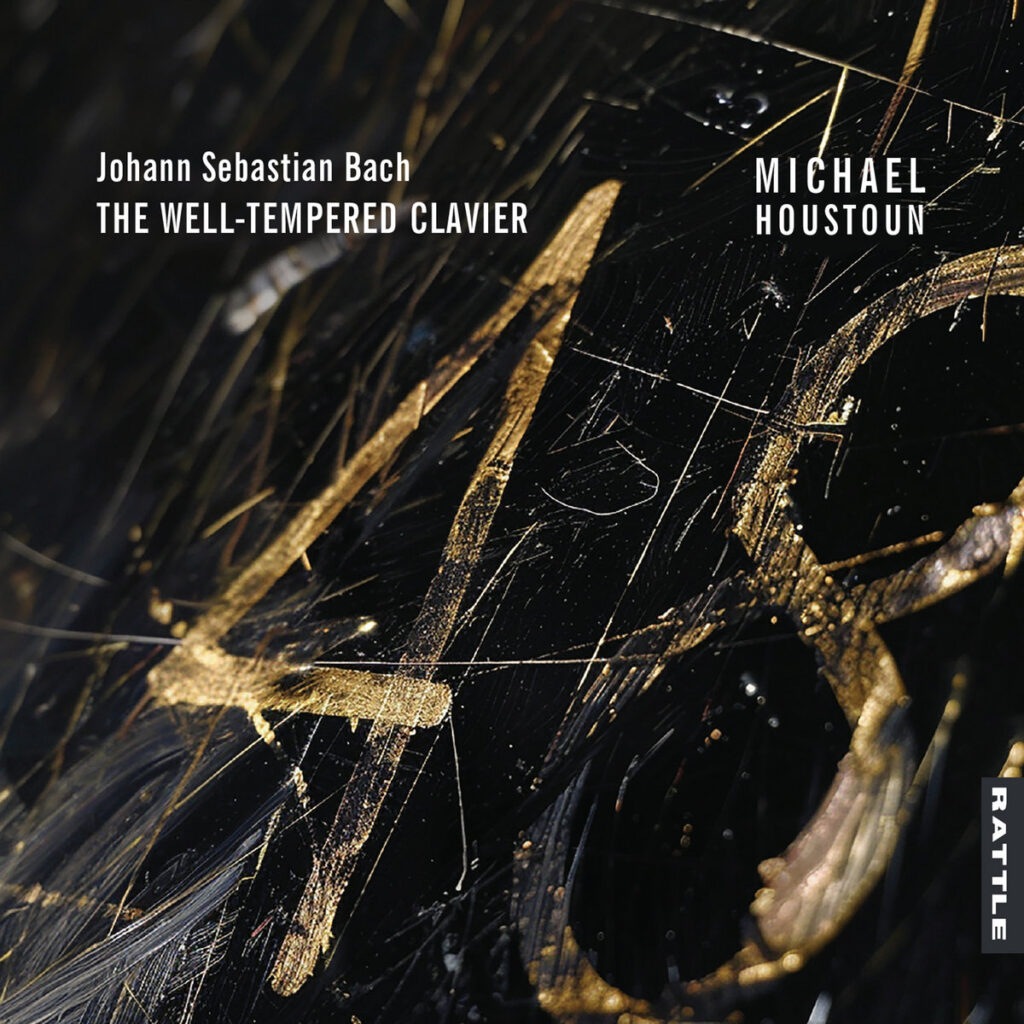
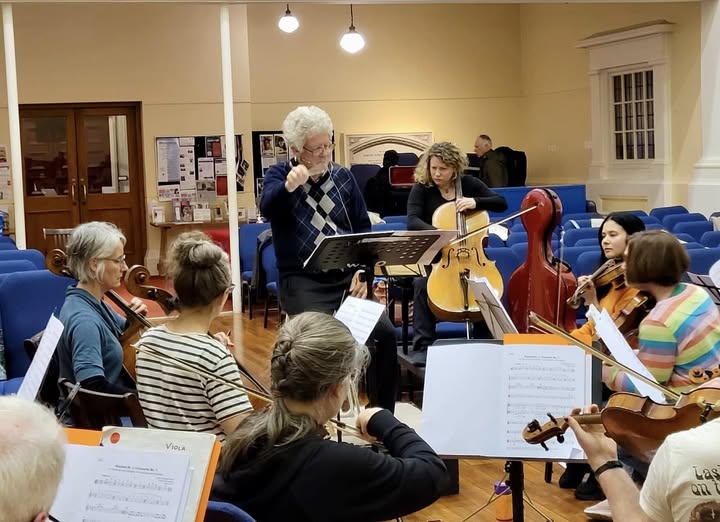 Donald Maurice (conductor) and Inbal Megiddo (‘cello) rehearse Shostakovich with the Wellington City Orchestra, December 2024, at St.Andrew’s Church, Wellington
Donald Maurice (conductor) and Inbal Megiddo (‘cello) rehearse Shostakovich with the Wellington City Orchestra, December 2024, at St.Andrew’s Church, Wellington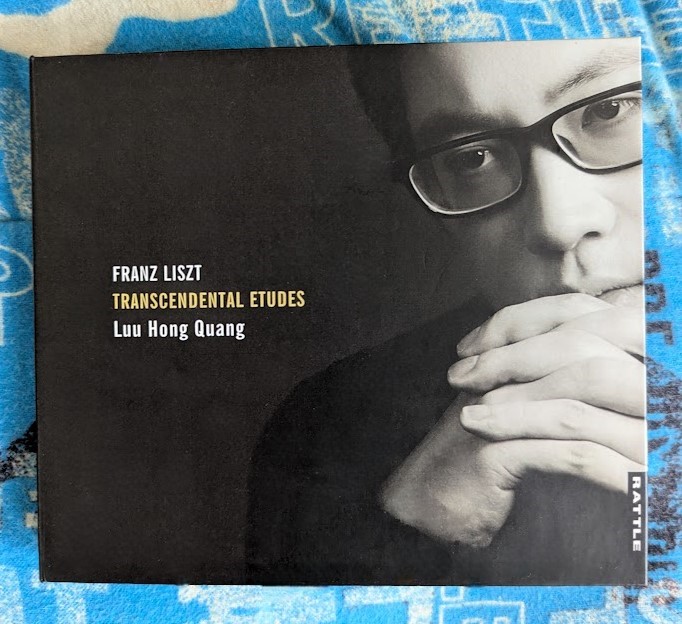
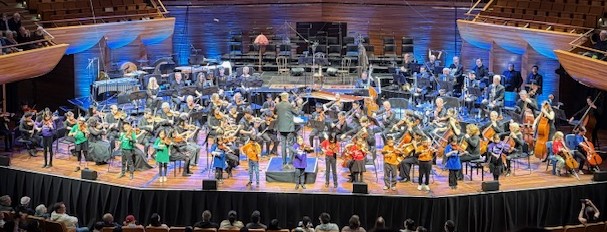 Arohanui Strings perform with Orchestra Wellington and Music Director Marc Taddei at the Orchestra’s latest concert “The Jazz Age”
Arohanui Strings perform with Orchestra Wellington and Music Director Marc Taddei at the Orchestra’s latest concert “The Jazz Age”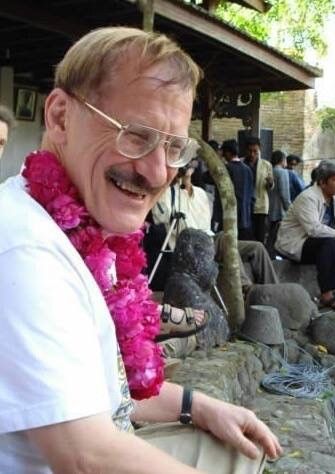
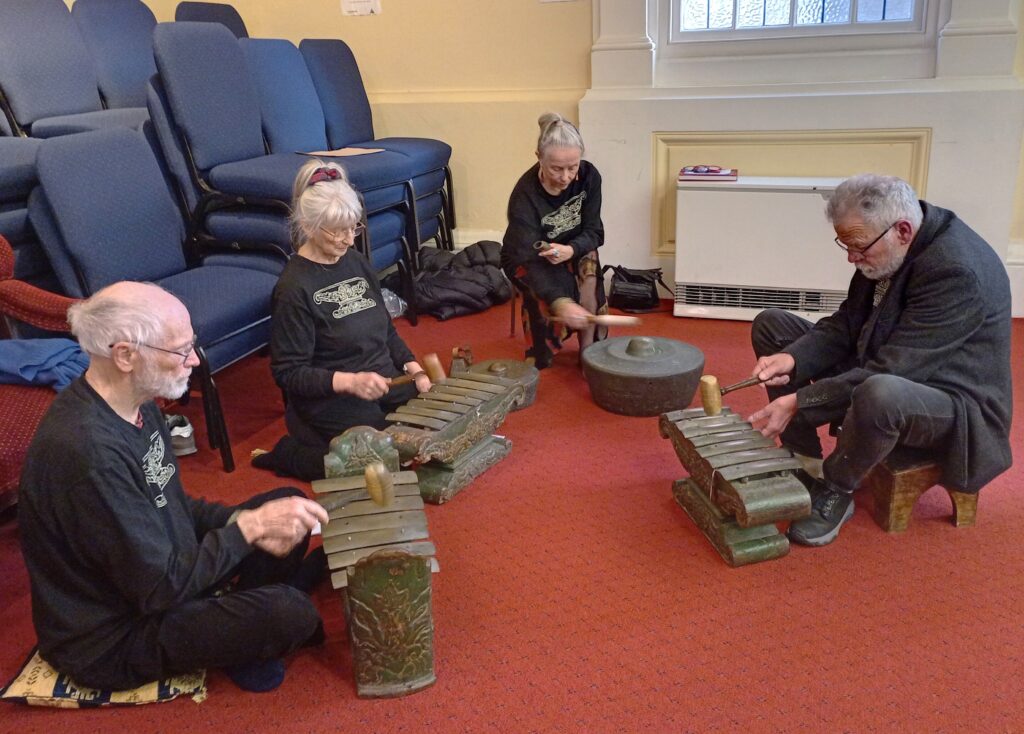
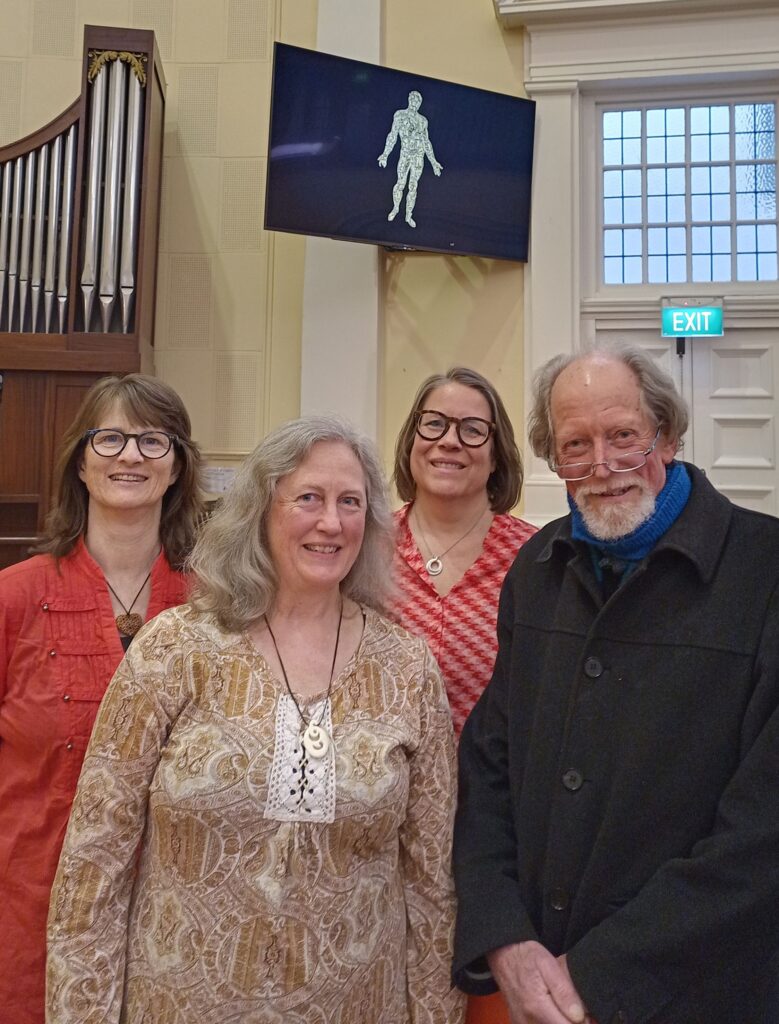
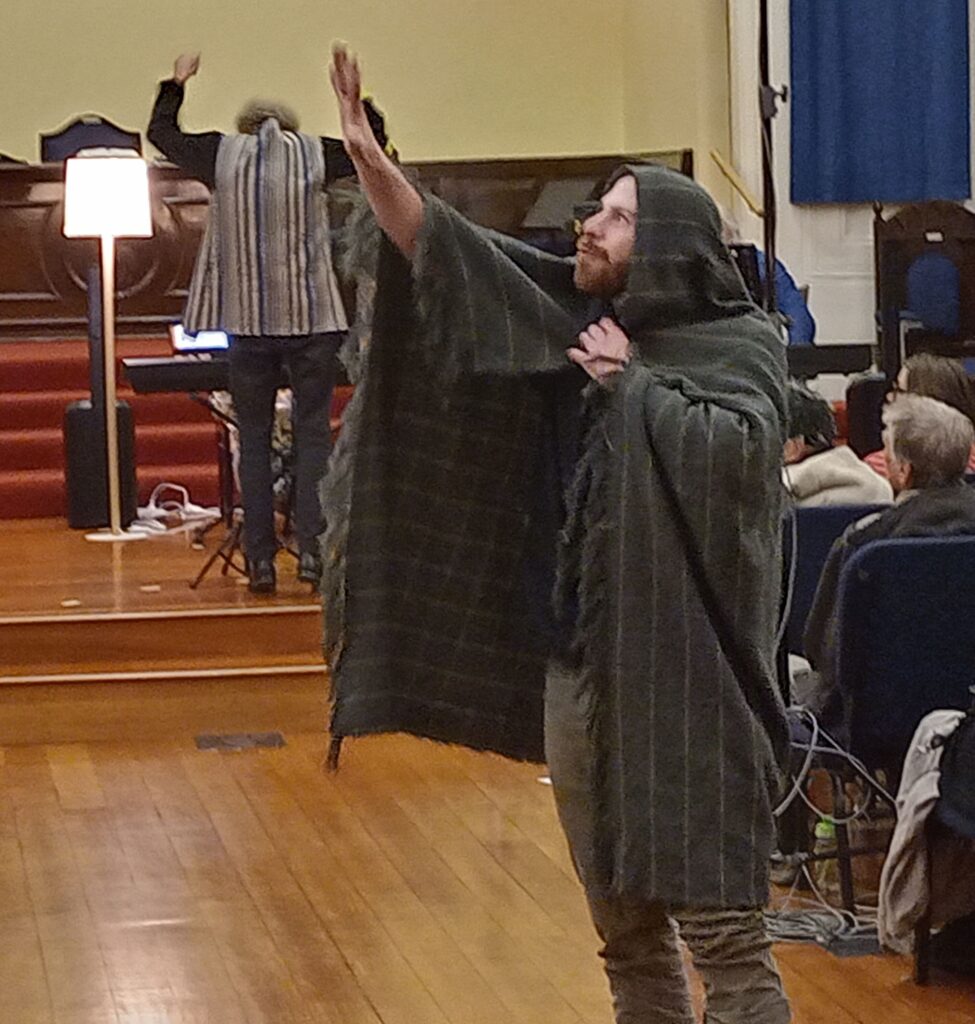 “Turtle Time” with speaker Jonathan O’Drowsky, and conductor Robert Oliver.
“Turtle Time” with speaker Jonathan O’Drowsky, and conductor Robert Oliver.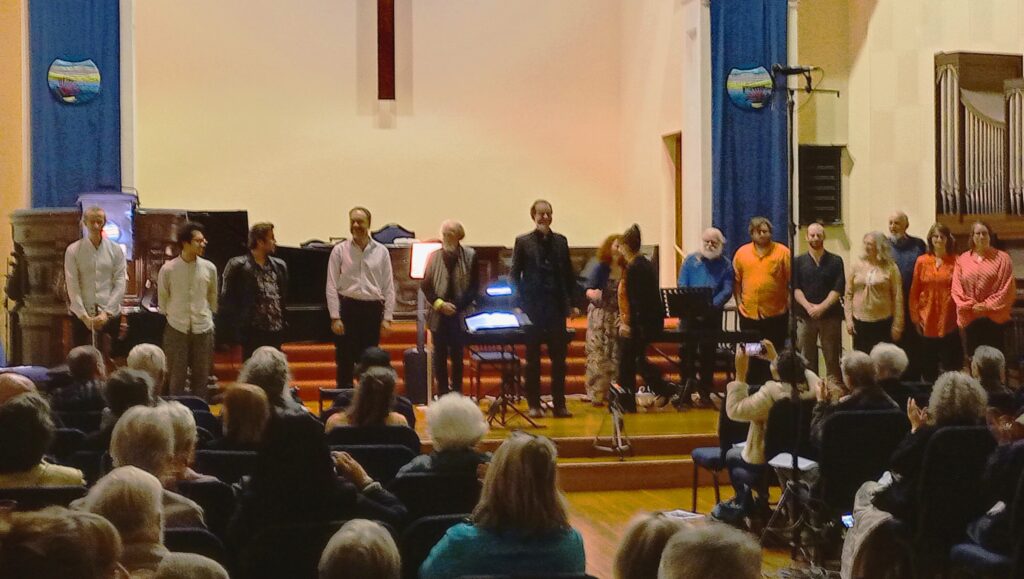 Some of the performers at the conclusion of “Jack@80” at St. Andrew’s-on-The-Terrace Church, Saturday 12th October, 2024
Some of the performers at the conclusion of “Jack@80” at St. Andrew’s-on-The-Terrace Church, Saturday 12th October, 2024 Wellington City Orchestra presents:
Wellington City Orchestra presents: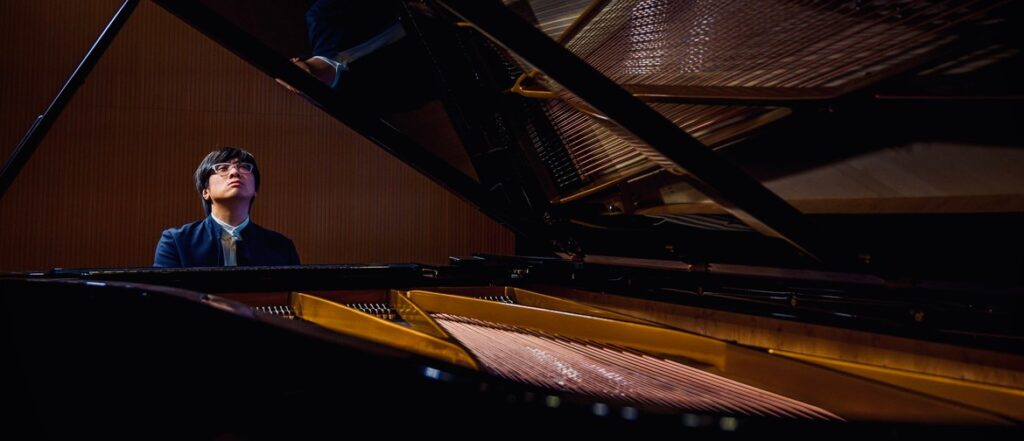 Quang Hong Luu
Quang Hong Luu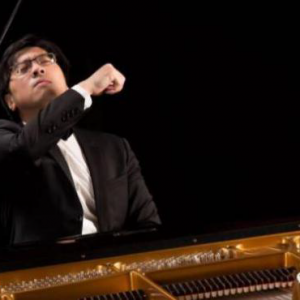 Quang Hong Luu
Quang Hong Luu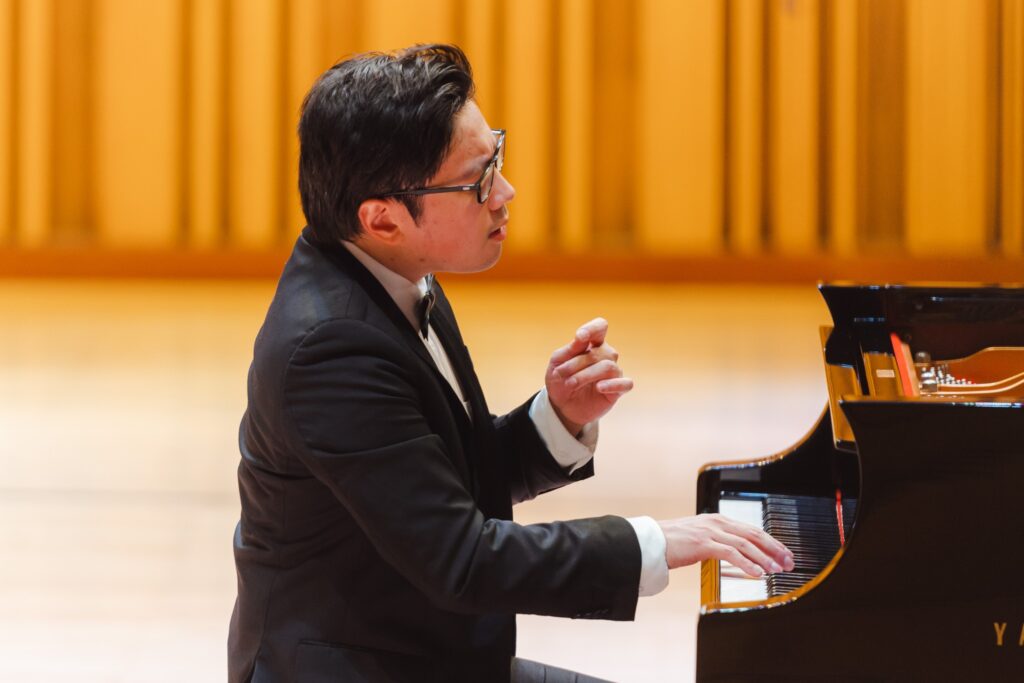 Quang Hong Luu
Quang Hong Luu